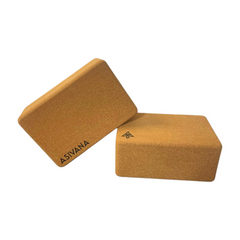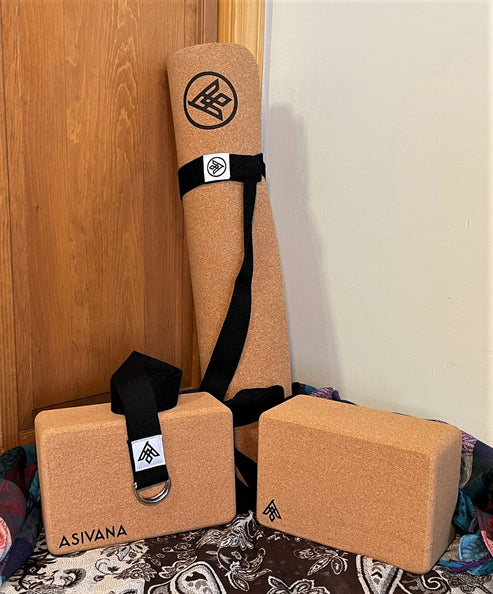What is Prajna Yoga?
Jack UtermoehlPrajna yoga is a contemplative and integrative system of yoga that weaves together the physical, energetic, and philosophical layers of practice.
Founded by Tias and Surya Little in 2004, it blends traditional asana, somatic awareness, Buddhist meditation, subtle body anatomy, and philosophical reflection. The word "Prajna" means "deep insight" or "wisdom," pointing to the central goal of this practice: awakening clarity through embodied presence.
This method encourages slowing down, feeling more, and deepening one’s understanding of both self and reality.
It integrates the structural intelligence of modern anatomy with ancient teachings from the Yoga Sutras, Buddhist dharma, and Ayurveda to foster both spiritual insight and nervous system regulation.
Origins of Prajna Yoga
Prajna yoga was established in Santa Fe, New Mexico by Tias and Surya Little as a school of yoga and internal arts.
Drawing upon decades of study in Iyengar Yoga, Ashtanga Vinyasa, Buddhist meditation, craniosacral therapy, and classical yogic texts, the Littles created a deeply introspective yet physically intelligent system of practice.
The practice is rooted in the teachings of the Buddha and the Yogic tradition. It emphasizes that wisdom arises not from philosophy alone, but from embodied experience, mindfulness, and reflection on the impermanence and interdependence of life.
Yoga Essentials for Your Practice
Support your yoga journey with high-quality, sustainable props designed for comfort and stability.

Crafted from eco-friendly cork for durability and a comfortable practice.
$24
Shop Now
Includes everything you need to get started: a mat, blocks, and a yoga strap.
$120
Shop NowPrajna Yoga Practice
Classes are typically slow-paced, introspective, and deeply meditative. They include physical movement, but always in service of internal awareness and energetic refinement.
Mindfulness Meditation: Seated or reclining practices that develop spacious awareness and clear seeing.
Asana: Precise and supported postures used to cultivate stability, release tension, and explore the energetic body.
Pranayama: Breath techniques designed to regulate prana and calm the nervous system.
Somatic Awareness: Practices that involve subtle internal sensing and movement, often influenced by craniosacral and myofascial principles.
Philosophical Study: Dharma teachings, textual readings, and journaling to reflect on the deeper meaning of practice.
Common Poses: Seated Meditation (Sukhasana or Padmasana), Mountain Pose (Tadasana), Warrior II (Virabhadrasana II), Supported Bridge Pose (Setu Bandhasana), Child’s Pose (Balasana)
Prajna Yoga Suitability
Experience Level: Mixed Level (Suitable for All)
Physical Demand: Balanced Activity
Mind-Body Engagement: Highly Mindful
Adaptability: Standard to High Adaptability
Focus Area: Insight, Somatic Awareness, and Subtle Body Integration
Notes on Prajna Yoga
Prajna yoga guides practitioners into a space of stillness, refinement, and subtle wisdom.
It builds emotional awareness, enhances nervous system regulation, and allows access to the quieter, more intuitive aspects of the body-mind.
With consistent practice, students report greater insight, resilience, and sensitivity to life within and around them.
Similar Styles
Jnana Yoga, Raja Yoga, Therapeutic Yoga, Iyengar Yoga, Ashtanga Yoga, Vinyasa Yoga
Equipment Needed
Required: Yoga Mat
Nice to Have: Meditation Cushion
Optional: Yoga Blocks, Blanket
References
In the Space Between: The Poetry of Embodiment by Tias Little
Yoga of the Subtle Body by Tias Little
The Practice Is the Path by Tias Little






